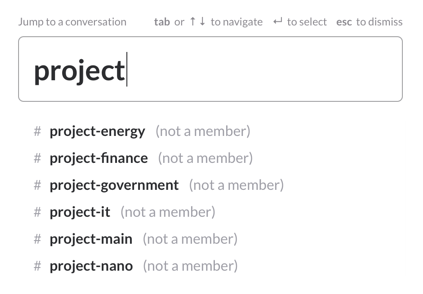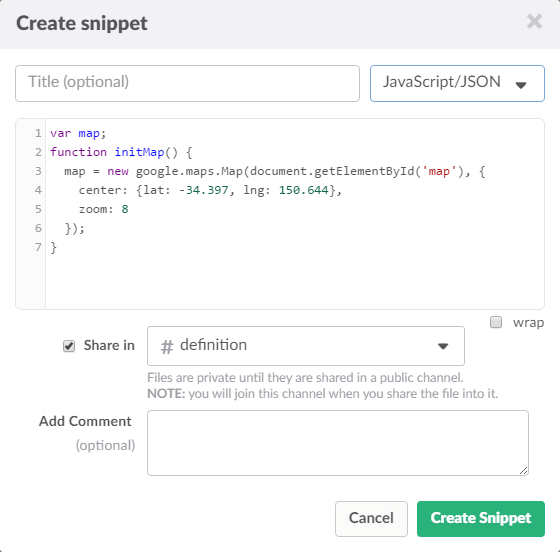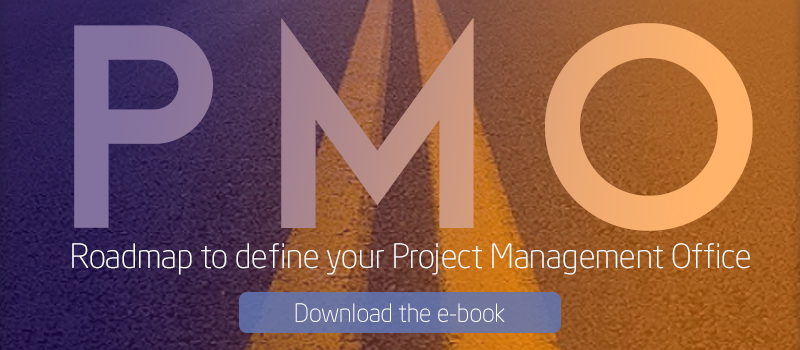Coordination, quantification metrics and business intelligence are three of the main keys for guiding the work of a project management office. Although not all organizations have come this far ...
 The PMO and the company: X-ray of the situation
The PMO and the company: X-ray of the situation
In 2011, Forrester and the Project Management Institute conducted a survey that canvassed 693 PMO leaders.
These experts were asked which is the main task of a PMO. More than 70% of the respondents agreed that the three main functions of a PMO are project management, general management and development of methodologies.
On the other hand, they were asked how they feel the results of a project should be quantified to be considered satisfactory. In this case, some of the results may seem a little surprising. Let us see their answers:
- 51% of respondents said to measure the degree of achievement of the objectives planned at project outset.
- 49% said they quantify based on customer satisfaction.
- 47% measured deadlines met and fulfillment of budget plans.
- 21% considered that a project has been properly carried out if the use of resources is optimal.
- 24% of the respondents confessed not to quantify in any way the result of their project management.
That is to say: just five years ago, a quarter of the sample, representing PMO directors in the United States, were not using any quantitative metrics to evaluate the results of their project management office.
Reasons to incorporate a PMO into your company
Optimize resources
Where there is no centralized coordination over project managers, it is difficult to adequately leverage resources in terms of staffing, logistics and distribution, procurement and vendor relationships, and so on. On the contrary adding PMO supervision can ensure that all parties have the necessary information on the mobilized resources.
Minimize investment
In short, PMOs seek to avoid mismatches and inefficiencies, reducing the amount of time and financial resources that need to be deployed to achieve the same result.
Continuous assessment
Without a culture of continuous evaluation, it is difficult to defend the value of a PMO. That’s why the lack of outcome-related metrics identified by the Forrester and PMI report is surprising. To be able to obtain better results in the future, the first step is to know and quantify your baseline position. Subsequently, a thorough and quantitative analysis of the processes must be performed from a critical point of view, which allows the detection of weak points and proposes decisions to act upon them. In this sense, for many organizations where the culture of agile management has been instilled, continuous evaluation by the PMO is closely related to the innovation processes.
Business Intelligence
The quantification of data is not enough. Relevant data should be selected and presented in a simple way that allows proper interpretation, comparison between different projects and guided decision making. This section is especially important in multinational companies, in which it is essential to standardize communication channels to facilitate understanding between them.
Responsibilities of the PMO
A whole series of activities stemming from the evaluation culture can be developed to ensure that the organization's strategies are supported by realistic data on business development.
- Quantification of change. Once measures are taken to improve project management and to achieve better results, these should be quantified and also entered into structured reports.
- Making predictions. The quantification of the current state of the company and its progression in time will allow to make predictions.
- Establishment of frameworks that allow standardization in the execution of projects and their direction. Currently known as agile methodologies in project management.
- Ensure proper compliance with regulations. The establishment of working protocols and methodologies ensures compliance with current regulations. To give a practical and simple example, establishing a working protocol for food transport will guarantee the quality of the product that reaches the market or the restaurant.
- Financial Transparency. Control of the processes and the cost of each one of them will allow greater financial transparency with tax regulators, managers and clients, avoiding irregularities in any process or level of company administration and improving the confidence of all interested parties.





 For a project-based organization, setting up a PMO is equivalent to parenthood. It’s just not enough to wake up early to go to work, eat your sandwiches diligently in front of your screen and be a loyal friend. From the moment you embark on this new ship, it’s a whole new level at which you will need to keep ahead of events, create new habits, and be always ready to respond to an emergency. For me, the key to start the process with the right foot forward is to know yourself as well as you can.
For a project-based organization, setting up a PMO is equivalent to parenthood. It’s just not enough to wake up early to go to work, eat your sandwiches diligently in front of your screen and be a loyal friend. From the moment you embark on this new ship, it’s a whole new level at which you will need to keep ahead of events, create new habits, and be always ready to respond to an emergency. For me, the key to start the process with the right foot forward is to know yourself as well as you can.

 When project after project is being completed with delays of above 20%-30% unrelated to major issues, executors complain of poor coordination and PMs report progress without a unified model, you might be in a situation that would benefit from the centralization of your governance in a Project Management Office (PMO).
When project after project is being completed with delays of above 20%-30% unrelated to major issues, executors complain of poor coordination and PMs report progress without a unified model, you might be in a situation that would benefit from the centralization of your governance in a Project Management Office (PMO). Project Management Offices (PMOs) organize and economize resources by establishing protocols and documentation that normalize, consolidate and centralize project management.
Project Management Offices (PMOs) organize and economize resources by establishing protocols and documentation that normalize, consolidate and centralize project management.